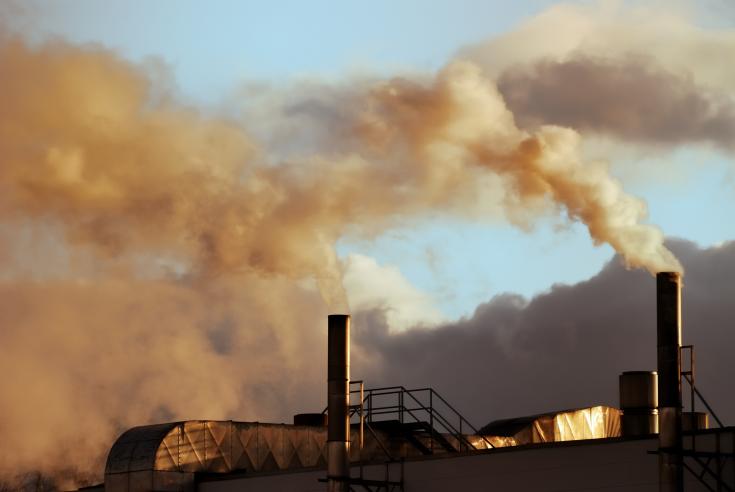Addressing the health impacts of air pollution in Europe

The EU Zero Pollution Action Plan, published in May 2021, provides a zero pollution vision for 2050 aiming at reducing air, water and soil pollution to levels no longer considered harmful to health and natural ecosystems, thus creating a toxic-free environment.
For air pollution, the plan has set an ambitious target to reduce the number of premature deaths due to fine particulate matter exposure by at least 55% by 2030, compared to 2005 levels. Moreover, it has led the European Commission to initiate a revision of the Ambient Air Quality Directive, with the objective to align the EU standards with the more stringent recommendations of the World Health Organisation (WHO). The revision also aspires to reinforce provisions on air quality monitoring and to develop air quality plans to help local authorities tackle air pollution.
On November 15, 2021 the European Environmental Agency (EEA) published a briefing on the health impacts of air pollution in Europe. The briefing deals with the concentration of key pollutants in ambient air, presenting the latest estimates of the health impact of three key pollutants – fine particulate matter, nitrogen dioxide and ground-level ozone. In addition, potential benefits of adopting new guideline levels recommended by the WHO are explored. Being stricter than EU guideline levels, they carry more potential for improving the health of EU citizens.
The briefing assesses the progress made towards the health-related objectives of EU’s Zero Pollution Action Plan, and concludes that despite continuous improvements, air pollution remains the largest environmental health risk in Europe. The most common causes of premature death linked to air pollution are heart disease, stroke and lung diseases, including cancer. According to EEA’s latest estimates, 307,000 people died prematurely due to exposure to fine particulate matter pollution in the EU in 2019. At least 58% of these deaths could be prevented if all Member States reached the WHO guidelines.
To reduce air pollution and bring down the number of premature deaths, two major issues need to be addressed. Firstly, the existing EU standards for key air pollutants, as stated in the EU´s Ambient Air Quality Directives, are less strict than the new WHO guidelines. Since the EU standards represent a key policy tool in the fight against air pollution, a closer alignment with the WHO recommendations is needed. Secondly, it is essential to address the fact that the present levels of air pollution in most European countries do not even meet the current EU standards.
While the pollution source varies from country to country, it originates mostly from traffic and solid fuel combustion. As said by Hans Bruyninck, EEA Executive Director, “investing in cleaner heating, mobility, agriculture and industry” is required in order to significantly drive down Europe’s levels of air pollution.
A number of interesting good practices on the way interregional cooperation projects address air quality is available in the Interreg Europe good practice database. Interreg Europe will continue supporting local and regional policy makers wishing to address air pollution on their territories. This policy area is covered by the specific objective “a greener Europe” of the next generation of the Cohesion Policy, specifically in the context of environment and transport infrastructure under the Cohesion Fund. Stay tuned for more updates on the future programme features at this link.
